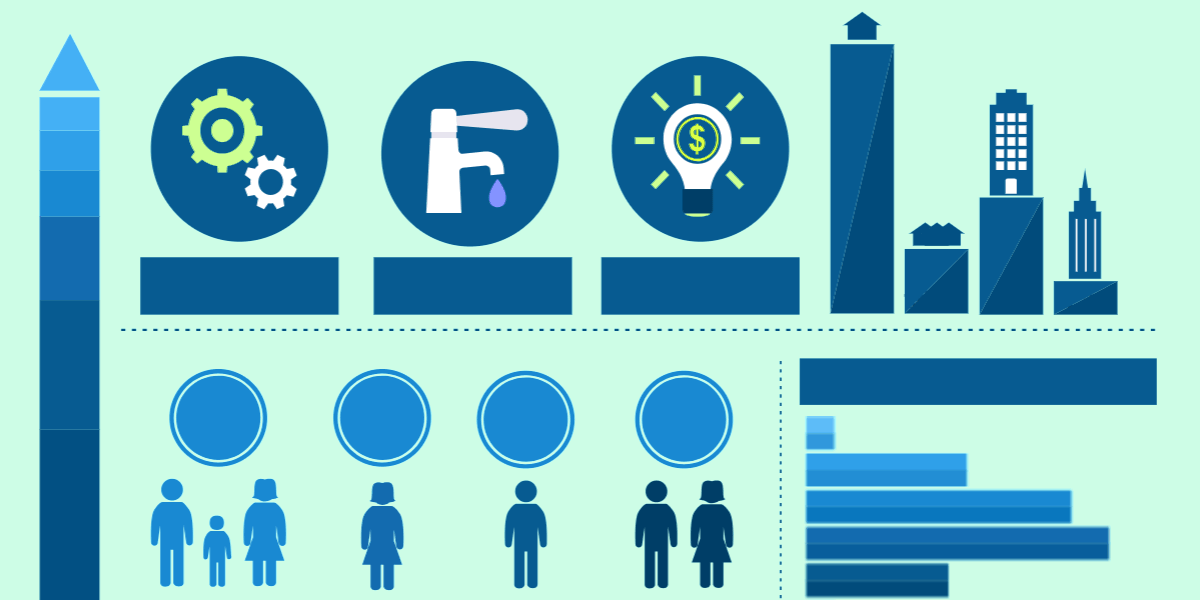The Future Of Commercial Building: Trends And Technologies
The Future Of Commercial Building: Trends And Technologies
Blog Article
Write-Up Written By-Powers Maynard
Did you recognize that the international construction market is forecasted to get to a value of $12.7 trillion by 2022? With such a large market, it's not surprising that that industrial building and construction is regularly advancing to meet the needs of the future.
From innovations in structure materials to the assimilation of clever innovation and emerging building strategies, the sector is on the verge of a significant transformation.
Yet what exactly are these patterns and technologies that will shape the future of industrial building? Remain tuned as we explore the amazing possibilities that lie ahead and how they will certainly transform the way we construct.
Innovations in Building Products
Improvements in building products have actually reinvented the commercial construction sector, permitting extra efficient and lasting building and construction practices.
With the introduction of cutting-edge products such as environment-friendly concrete and cross-laminated timber (CLT), building and construction firms are currently able to minimize their environmental effect while improving the overall quality of their projects.
Eco-friendly concrete, for instance, is made from recycled products and has a reduced carbon impact contrasted to standard concrete. It also possesses superb thermal buildings, minimizing the demand for additional insulation.
CLT, on ain khalid commercial building , is a lasting option to steel and concrete. It's lighter, yet more powerful, and can be upraised off-site, causing faster construction times.
These improvements in building products not just profit the environment yet also raise productivity and cost-efficiency in the commercial building and construction sector.
Combination of Smart Modern Technology
Including smart innovation right into business building jobs has actually transformed the industry, enhancing efficiency and productivity while improving general task monitoring. Here are 3 methods which clever technology is being incorporated right into business construction:
1. Building Automation: Smart innovation enables the automation of different structure systems, such as illumination, heating, air flow, and protection. This not just boosts power effectiveness but also gives a much more comfortable and personalized setting for occupants.
2. Remote Monitoring: Smart sensors and IoT gadgets allow real-time monitoring of building and construction sites, enabling task managers to track progress, identify prospective problems, and make notified choices from another location. This lowers the need for physical existence on-site and boosts communication and cooperation.
3. Information Analytics: Smart innovation gathers and evaluates information from various resources, offering important insights right into building and construction procedures, resource allowance, and efficiency. https://trentondkpua.blogpixi.com/24834204/constructing-for-the-future-how-an-industrial-structure-firm-can-assist-you-in-remaining-ahead -driven strategy enables much better decision-making, optimization of resources, and positive maintenance, eventually resulting in cost savings and enhanced task results.
With the integration of smart technology, commercial construction projects are ending up being a lot more reliable, lasting, and intelligent.
Emerging Building And Construction Techniques
As the business construction industry continues to evolve, brand-new strategies are arising to boost performance and performance in job implementation.
https://remodelrestaurantkitchen65320.ttblogs.com/3931971/the-influence-of-a-specialist-business-building-and-construction-firm-in-establishing-motivational-environments is modular building. This method involves the construction of structure components off-site in a controlled atmosphere, prior to they're transferred and set up at the building site. By using modular construction, tasks can be finished faster, as the synchronised building of various structure parts lowers general building and construction time. In addition, modular construction enables better accuracy and quality control, as the job is conducted in a regulated setting with less direct exposure to external aspects.
One more arising technique is using 3D printing in building and construction. This ingenious approach allows the production of complicated and personalized building components making use of computer-controlled devices. 3D printing minimizes material waste and building time, while also providing engineers and building contractors with more layout adaptability.
These arising methods are poised to revolutionize the industrial building and construction sector, making projects much more reliable, economical, and lasting.
Conclusion
As you look ahead to the future of commercial construction, one thing is specific: change is on the horizon.
With improvements in structure products, the assimilation of smart technology, and arising building techniques, the market is poised for a transformation.
So embrace this interesting trip, where opportunities are endless and technology is the key.
Step into the future of business building and witness the improvement that will certainly leave you in awe.
